
Pentegarn
gamer level 4
2453 xp
2453 xp
followers
3
3
Use my invite URL to register (this will give me kudos)
https://boardgaming.com/register/?invited_by=pentegarn
profile badges




recent achievements

Reporter Trainee
Earn Reporter XP to level up by completing Reporter Quests!
Earn Reporter XP to level up by completing Reporter Quests!

Noble
Gain 2 followers
Gain 2 followers

I Love Playin' Games
Claim that you have played a game today by clicking the "Played Today!" button on a game page 50 times.
Claim that you have played a game today by clicking the "Played Today!" button on a game page 50 times.

Follower
Follow another gamer by clicking "Follow" after reading a review or viewing their profile.
Follow another gamer by clicking "Follow" after reading a review or viewing their profile.
Player Stats
Critic (lvl 2)
605 xp
605 xp
Explorer (lvl 1)
158 xp
158 xp
Professor (lvl 0)
88 xp
88 xp
Reporter (lvl 2)
337 xp
337 xp
About Me
I like board games (of course!) reading, bowling, video games, comedy, history, pro wrestling, sci-fi and fantasty
All time favorite games:
Power Grid, 7 Wonders, Castles of Burgundy, Puerto Rico, Brass Birminghm, Crusaders Thy Will Be Done, Scythe
Current faves:
Signorie, Azul Stained Glass of Sintra, Twenty One, Qwinto, Dice Settlers


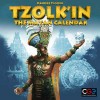

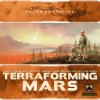

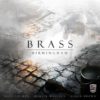




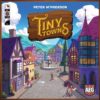







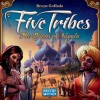


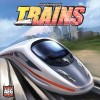

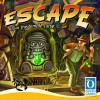


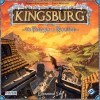







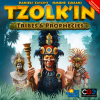

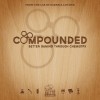






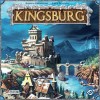






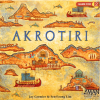
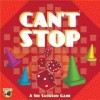


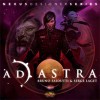


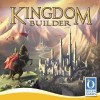

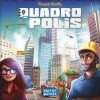
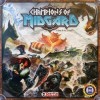






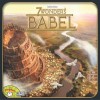
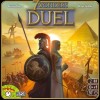


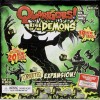
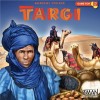






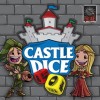




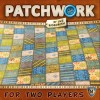

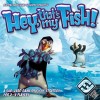















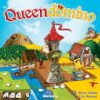







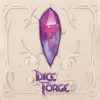



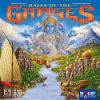
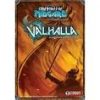
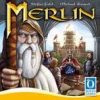







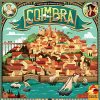

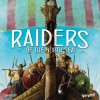

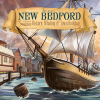




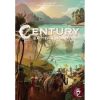



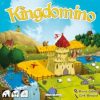




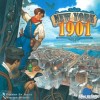







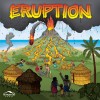




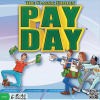



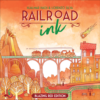








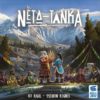
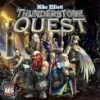





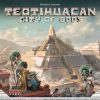







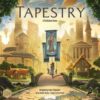





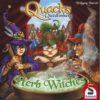








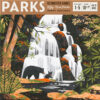





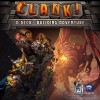





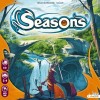








Azul: Summer Pavillion
The 3rd installment of the popular Azul series comes in with a couple of new twists on the classic Azul game play
Gameplay/Replay
The game is played across 6 rounds. Much like Azul and Azul Stained Galss of Sintra, the basic play is setting 4 tiles (diamond shaped this time) on each platform and then taking turns removing like tiles while putting the rest of them in the center. Only this time you can also take one wild tile if there is a wild tile there with them. Instead of placing them on your mat like other Azul games, you put them off to the side (that’s right, this Azul is played in phases) until all the tiles have been selected in turns. If you choose to take the start player from the center you lose 1 point per like tile you take while taking the start player tile (though you cannot drop below 0). Once all the tiles have been selected, the second phase happens
Phase 2 of the round starting with the new start player, you place tiles on your map. You can use 1-6 like colored tiles (wild tiles are acceptable, but at least one of your tiles must be the color you are playing) and place them on the matching spot marked 1-6 of that color on your board. Points are then scored based on how many tiles of that color are touching (1-6 points) You place until you choose to pass for the round, and while you can keep up to 4 tiles between rounds (except for round 6) any more unused tiles beyond 4 cost you 1 point per tile. After 6 rounds you score complete sections of the map along with a binus if you cover all 1s, 2s, 3s, or 4s.
The Bad
In 4 player games running out of tiles before filling everything is a possibility. We just worked with what we had for a short final round, which was slightly annoying.
In Conclusion
As Azul games go, it is probably the most strategically deep of the 3, and despite the tile shortage in 4 player games, it is still the best of the 3